Image taken from This Was The Wizard, courtesy of Down The Tubes
Eventually Willie Blain became Managing Editor of all of the Thomson line of comics, originating their girls' comics with Bunty (1958), their boys' adventure comics with Victor in 1961 and such famous titles as Jackie (1964). Although he rarely gets a credit, a poll of the most important figures in the history of British comics would almost certainly have to include Willie Blain in the top five.Today would have been the 115th birthday of William Blain. You may not immediately recognise the name, but many a child who grew up in Scotland in the 20th Century will be very familiar with his works.
- Steve Holland
Mr Blain was born on this day in 1903, in a wee toun on the west of Scotland called Gourock. He worked as a part-time football reporter for local newspapers before winning a scholarship to Glasgow University: following his tenure there, he worked for the Glasgow Evening Herald. From this early career in journalism, Mr Blain took a sideways step into the wonderful world of adventure fiction, when he joined DC Thomson, home of The Broons and Oor Wullie.
The Rover
In 1923, Mr Blain became a sub-editor on the boy's story paper The Rover. Story papers are a natural ancestor of British comics: short tales accompanied by action-packed, vivid illustrations, not unlike the pulps that were taking the United States by storm at the same time, but at the same time appreciably distinct. Many characters who appeared in The Rover went on to star in comic strips: the Tarzan-esque Morgyn the Mighty, the retrospectively unfortunately named Invisible Dick, and an intriguing supervillain-turned-superhero named the Black Sapper. There was also the Flaming Avenger, a proto-superhero who bears a wee resemblance to The Invincible Iron Man.
Bill Blain was editor of both Wizard and Rover and was later in charge of all DCT's boys' and girls' publications. Gilbert Dalton was a free-lance author.The long-running Rover was be the birthplace of two of Mr Blain's most important creations. The first was Alf Tupper, who first raced onto the pages in 1949. Tupper's creator is listed as one "Bill Blaine," which is surely a pseudonym for the man in question. In the late 19th and early 20th century, boy's adventure fiction was very class weighted: many focused on middle-to-upper-class men and boys from privileged backgrounds, exclusive educations, and socially stratified destinies, as so brutally satirised in Ripping Yarns. What working-class heroes did exist tended to be heavily sentimentalised a la The Railway Children and later "bad boys'" papers. Tupper dared to be a world-class runner who was also a "hard as nails" connoisseur of fish and chips, who worked as a welder and slept on a mattress before going on to win races. He frequently had to deal with interference and sabotage from the posh runners of the Amateur Athletics Association - a dynamic that will be familiar to those who've read the battles of Dennis and Walter.
After consultation with Bill Blain, he wrote the "Tough" text stories for Rover. These were later turned into picture-stories by the editorial staff of Victor. When they ran out, other free-lance writers ( J.O.Cornes was one ) wrote brand-new "Tough" picture-stories to story-lines provided by the editorial staff and after discussion with them.
- Buff Haley
Matt Braddock also stood out from the crowd as being a Sergeant rather than an officer – Battler Britton for instance was a Wing Commander, many ranks Braddock’s superior. Yet in Braddock, Thomson’s editor William Blain effectively created a blue collar, rather than a white collar worker, who would continue through Rover and Victor and even on into the much more modern Warlord in the 1970s in strips such as Bomber Braddock.
- Jeremy Briggs
The second character attributed to Mr Blain was Matt Braddock, VC and bar. Braddock was particularly notable for being a different kind of soldier hero: where most - like Battler Britton, Lion's Paddy Payne, and the legendary Biggles - were posh, upper class, high-ranking officers, Braddock was an abrasive, rough-edged, working-class sergeant. Not only was Braddock a sergeant, he was an insubordinate one, frequently clashing with his superiors and just about everyone else he encountered, repeatedly refused promotion despite all acknowledging his skills and courage. Not bad for a steeplejack. Braddock and Tupper were thus two examples of working class heroes standing out in genres traditionally dominated by the upper class.
The Wizard
Four years later, Mr Blain became editor of The Wizard. As its name suggests, The Wizard leaned more to the heroically fantastical, with such weird tales as "Madoc of the Mountains," "The Hoodoo on the Rangers," "When The Green Mist Came," and others. Like The Rover, The Wizard was a general boy's adventure magazine, with characters ranging from sports stories to war epics.
Glistening revelation in Gallagher’s enchanting boyhood reprise is that all the riveting tales of the above, once lionised, litany of saints — and an hooraying host of others — were written by a single author: unknown, unsung genius Gilbert Lawford Dalton, almost as astonishing a sporting superman as William Wilson himself. ‘Any British male over the age of 50 will have read the words of certainly the most prolific author in the history of the English language,’ says Gallagher. Dalton averaged over a million words a year. Born in 1903, he began as a freelance journalist in Coventry, was local news stringer for the Times and general Midlands sports bod for the Daily Telegraph before chronic asthma had him joining the Scottish publishers DC Thomson, which had cornered the market in boys’ comics. It was a meeting of dynamic minds when the imaginative editor-in-chief, William Blain, sat Dalton at his typewriter and wound him up.One character which spanned all sorts of genres was the globetrotting adventurer Wilson the Wonder Athlete, whose stories were written by Gilbert Lawford Dalton. William Wilson was a curious character: he claimed to be born in Strayling, Yorkshire, on the 1st of November 1795. He lived like a wild man on Ambleside Moor, where he encountered a mysterious hermit who passed on the secrets of long life. His farmer, a farmer, left him £5,000 following his death in middle age. Wilson travelled across the world, studying medicine and biology, eventually creating a health and fitness regime to slow down his heartrate, hardening his body, and focusing his willpower. Eventually he became renowned as a prodigy athlete, climbing Mount Everest, captaining the England cricket team to victory in The Ashes, and completing remarkable feats, all while clad in his signature black running gear.
- Brendan Gallagher
William Blain was one of the principal creators of some of Thomson's most famous characters, including flying ace Braddock, super athlete Wilson and the Wolf of Kabul.Another Wizard stalwart was Second Lieutenant Bill Samson, the Wolf of Kabul. Samson was a British Intelligence agent on the North-West Frontier of the British Raj: much like Robert E. Howard's American Kirby O'Donnell, Samson disguised himself as a local, dressing in garb appropriate for the area, with only his piercing blue eyes betraying his foreign heritage. Accompanying the Wolf on his adventures was Chung, a Himalayan mountain man variously identified as Tibetan, Indian, and Chinese, who was most adept with "Clicky-Ba," a weaponised brass-bound cricket bat.
- Steve Holland
But, at the same time, there were a lot of talented people working for DC Thomson. One guy who never seemed to get the credit I thought he deserved was Bill Blain, who was the deputy managing editor. He was the man behind most of our top boys’ characters such as Wilson The Wonder Athlete, Braddock and Bernard Briggs. He was brilliant at coming up with ideas for stories and developing them with writers such as Gilbert Dalton. In fact, I heard many years later that Bill was really the man behind The Dandy, but the credit seemed to go to R.D. Low who was the managing editor and Albert Barnes, who was its first editor.A final noteworthy Wizard figure attributed to Mr Blain was "Bouncing" Bernard Briggs, a scrap dealer motorcyclist who excelled at every sport he put his mind to. Briggs proved popular enough to make the leap to many papers and comics over the years, including some new ones which Mr Blain would launch.
- Bill Graham
The Skipper
(I don't have a quote, I just wanted to share this amazing cover)
In 1930, just seven years after his entrance into the world of story papers, Mr Blain launched his first paper: The Skipper. It was comparatively short-lived compared to other DC Thomson comics, running for "only" 544 issues over the course of 11 years, before paper was appropriated for military use in the Second World War. The Skipper went beyond historical and contemporary war stories to include some decisively fantastical, bizarre, mythic, weird, and science-fiction elements as illustrated in its reliably bombastic and gloriously lurid covers, li, Like its fellows, The Skipper featured early British superbeings: heroes like the "Birdman of the RAF" Captain Zoom, villains like the Nameless Nazi, and the steel-clawed Karga the Clutcher.
The Hotspur
(Another important moment in the surprisingly long history of Robots and Dinosaurs)
At the age of ten I bought my first boys paper, 'The Hotspur’. It was my birthday, 2nd September 1933. Out with my Mother I saw No 1 displayed in a paper shop window, its cover showing a giant eagle attackinq a much smaller plane. I was so struck with this that I asked my Mother to buy it for me as an extra birthday present. I liked the contents so much that I had it delivered every week after that until the Second World War bombed out the paper shop.Three years later, Mr Blain introduced The Hotspur to the world, the final member of the Big Five "Tuppenny Bloods," which included Adventure, The Rover, The Wizard, and The Skipper. As its name suggests, The Hotspur was an action story paper focused on feats of military daring, historical adventure, and general derring-do, with tales of bold knights and ripping yarns in the Old West enthralling young readers. After 1197 issues, The Hotspur eventually transitioned from story paper to comic as The New Hotspur in 1959, mirroring the popular shirt from pulp magazines to comics seen in the United States. Both iterations were the home of several other memorable characters: Black Hawk, Diablo, King Cobra, Nick Jolly the Flying Highwayman, Red Star Robinson, Mr. Syrius Thrice, the Scarlet Hawk, Starhawk, and The Iron Teacher, illustrated above, taking a commendably hands-on approach to palaeontological education.
Here is a clear case for the fact that the artist does as much as the author in selling the: project. The artist in this case was a William Blain. In later years I discovered he was the editor as well as the artist. Because of his eye catching art work he gained me as a subscriber for at least seven years.
- Bill Lofts
The Dandy
In the 1930s, it was Blain who believed that there was a market for a humour comic and who put together dummies that would eventually emerge as The Dandy in 1937.By this point, Mr Blain had editorial responsibility over all of DC Thomson's story papers. Then, in 1937, he was central to the foundation of British comics: after advocating a place for humourous comics, he put together dummies for such a magazine. From those dummies came forth The Dandy, home of such quintessential British comic icons as Desperate Dan (his Dundee monument pictured above), Beryl the Peril, Bully Beef and Chips, Korky the Cat, and Jonah. Although The Dandy was more famed for its cartoonish hi-jinks, there were also adventures more akin to comics as we know them: the male Lassie Black Bob, Rocket Jock, the Kaiju-populated Island of Monsters, the Purple Mask, the Umbrella Men, and Zogg the Wizard. Thus, the Age of British Comics began in earnest.
- Steve Holland, Bear Alley
The Beano
Home Is The Sailor & Witch's Blood
Witch's Blood, by William Blain, is the story of 200 years in the history of the Dundee family of English. A young woman given to inconvenient prophecy, who has promised that her blood shall one day become a power in Dundee, is burnt as a witch. The story is the record of the fulfilment of her words. A hate worse than the hate of Heathcliffe inhabits the whole family of English. One after another they murder and lie and cheat in an ecstasy of revenge against " the right ones," those in authority, the men who burnt their ancestress, the men who have kept their family in the bondage of mediaeval regulations. It is a violent story, and it begins well; but 200 years is a weary time to cherish hatred in, and long before the destiny of the family has been triumphantly fulfilled the reader is beginning to sympathise with those right ones who are so plagued by this set of irreconcilable revolutionaries—which is not quite what the author intended. The story runs down hill, but it must be recorded that the Historical background is extraordinarily well sustained across this long period of changing years. William Blain has made a memorable picture of the burgh of Dundee, with its guild laws and jealous merchant regulations, which some readers may like better than the story of its citizens, the family. of English.Mr Blain continued to work for Thomson over the next few decades. It was during this time that he wrote two novels. The first, Home is the Sailor, was published in 1939. His second novel, 1946's Witch's Blood, is much more famous, and would require its own article to do it full justice. In Dundee, the book is celebrated not only as a classic piece of literature and the basis for a hugely popular play, but it has been adopted as a piece of Dundonian heritage: I'd say that Gourock, being the birthplace of the author, should consider joining our Tayside friends in commemoration.
- V.C. Clinton Bradley
The Tay Valley Family History Society very published an insider's look at the book's writing from Mr Blain's own daughter:
When my father wrote ‘Witch’s Blood’ this was during wartime, and many DC Thomson’s publications were coming out only every two weeks, not weekly. This gave William Blain, an editor of ’Boy’s Papers’, a chance to work on the book he’d been planning, a history of Dundee from the 17th century told through the story of a particular family that had been on a ‘rags to riches’ path.
The family of the ‘Englishes’ of the book is fictional. Events have similarities to those of actual people or actual familiies, how people lived and worked within the growth of Dundee and in particular the growth of flax and jute in Dundee, because the aim was to depict a reallistic account of what a Dundee family might have experienced. Some people, such as Dempster of Dunnichan, John Graham of Claverhouse, or provost Riddoch, appear in the book as key players within Dundee’s history. What is ‘invented’ is the relationship of the English family to these people. William Blain used such documents as he could, such as from Dundee Council and Kirk Session records, to explore this history.
The family begins with a young woman, a knitter of broad bonnets, caught up in the siege of Dundee by Monck’s troopers, and her rescue by a Monck trooper who sees her in an area ‘under fire’. He takes her to safety and later they meet again, also within the sack of Dundee.
Elspet Renkyne, the young woman, has an ability (or a curse) to see ‘what may be’ - and her prophesies bring about her downfall. After her saviour and lover, Adam the trooper, has gone with Monck’s army, she is raising their child, Adam called ‘English’, and relying on her ability to prophesy and give comfort to people in Dundee. In doing so, she attracts the ire of the then Provost for ‘bringing a laugh’ on him when he attempts to reinstitute an old custom of walking the bounds of Dundee and sitting on a rock which to him is ‘a cold, cold, seat’ - his words echoing one of her prophesies. Condemned as a witch, she is burnt by people who really don’t know how to do this, and dying in the smoke declaims that her ‘blood’ will become a power in Dundee. Her young son and his descendants work throughout two centuries to make this happen.
The family therefore begins as what we’d now call an ‘underclass’, and the story is told from their perspective.
A thread running through the book is that of hair, the red hair of Elspet Renkyne, shorn from her head and retrieved by her son, then kept through generations, divided into strands for the different branches of Adam’s family and then reunited towards the end of the book. I have a personal story here:
One day, looking through shelves in the house in Nesbitt Street where I grew up, I found a box, holding a coiled hank of hair, a woman's hair, long, thick, red-chestnut. My father told me the story.
He had come to Dundee for his new job with D C Thomsons. He and my mother were married in Glasgow in 1926, so he was looking for a place for them to live. But a parcel arrived at his lodging, holding that long hank of a woman's deep red-chestnut hair. Jenny Lynch’s hair, his wife’s. And he was terrified - had something happened to her? Had she died?
But, no, this was the 1920s. She'd had her long hair bobbed and sent the locks to him, as a keepsake.
Forty years later, there was the hair, for me to find, bearing the memories of that time and their love, through the decades. And so in the book Witch's Blood, the hair of Elspet Renkyne the 'witch', that long hank of a woman's hair, is used by her descendants to carry her story, and Dundee's story, through the generations of her blood.
The Girl's Comics
William Blain: Wizard's second editor who personally created such memorable characters as William Wilson, Alf Tupper, Matt Braddock, the Wolf of Kabul, and even the Four Marys for Bunty. In my opinion Blain deserves to be classed with the very greatest writers of boys' fiction, alongside Rudyard Kipling, Edgar Rice Burroughs, H. Rider Haggard and Robert Louis Stevenson - and it's only DC Thomsons' policy of not including writers' bylines that stopped him from becoming equally famous. What's more he also found time to originate the Dandy and Beano, as well as going on to become Editorial Director of all Thomsons' boys' papers and then Managing Editor of the entire juvenile group - a post that he held right up to 1970. A true giant by any standards...and yet who remembers his name today?In 1958, Mr Blain launched another genre - the Girl's Comic. First was Bunty in 1958, with such gentle fare as The Four Marys and The Dancing Life of Moira Kent. Bunty was followed in 1960 with Judy, 1964 with Jackie, and 1967 with Mandy, all of which followed the slice-of-life dramas... for the most part.
- Phil Rushton
William Blain, the head of all Thomson’s children’s papers, and no mean writer himself (I was told he was the creator of the famous William Wilson), used to venture forth from Dundee a couple of times a year on a national tour to meet up with his writers on their home turf. He was normally accompanied by one of his editors, and they would invite me out to dinner over which ideas would be discussed and outlines offered to me.Yet these comics were far from content to offer only one variety of story for girls. Bunty introduced the daring French resistance vigilante the Cat, the espionage thriller "The Traitor's Daughter," the weird tale "The Secret of the Gipsy Dolls," and superheroines Wonder Girl & Supergirl (no relation, I think); Mandy gave us Jackie Flash and Valda; Jackie featured art by Jesus Redondo, who would go on to produce seminal work at 2000 AD; Judy debuted another Supergirl (again, no relation... again, I think). With women in comics being such a hot topic of late, it's a great idea to look back on DC Thomson's history in the field.
- Chris Fitzsimmons
The Victor
It was Blain who helped create some of the paper's most popular stars, including the Wolf of Kabul, the Red MacGregor, Red Star Roberts and Thick-Ear Donovan. Under Blain, the paper began phasing out school stories and introduced science fiction, including such characters as the giant robot 'The Smasher'.Mr Blain's last major launch in the comics world was a combination of his previous careers, adventure fiction and comics, with The Victor first published in 1961. It was in the pages of The Victor that Braddock, Tupper, and Morgyn the Mighty made their heroic returns, as well as the debut of the stupendous Smasher, the Flashman-esque Cadman the Fighting Coward, and the secretive Section Six. The Victor ran for 1,657 issues. By the time of his retirement, Mr Blain was Managing Editor for all of DC Thomson's comics and annuals.
- Steve Holland
William Blain died on the 14th of October 1984. His daughter, Jenny, is a former sociology lecturer, writer, researcher, and longstanding member of the Tay Valley Family History Society of Dundee, and his grandson, Bill, named his yacht after one of his father's neologisms. His family is no doubt among the greatest advocates of Mr Blain's incredible life work. As someone who shares a great interest in local heritage and arts, I am deeply proud that one of Gourock's children is so beloved in perhaps Scotland's most literary city.
Perhaps it's time Gourock caught up.
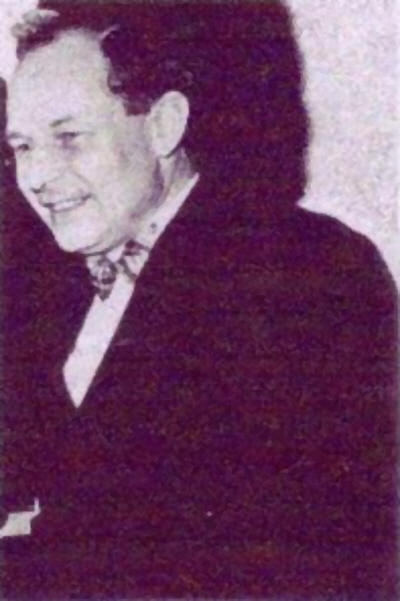
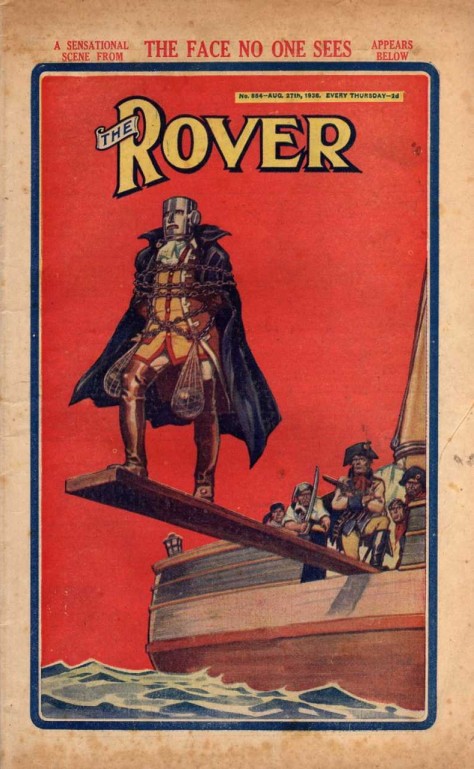
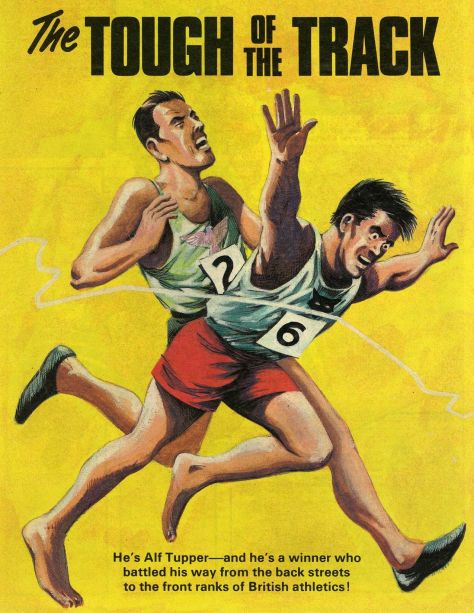
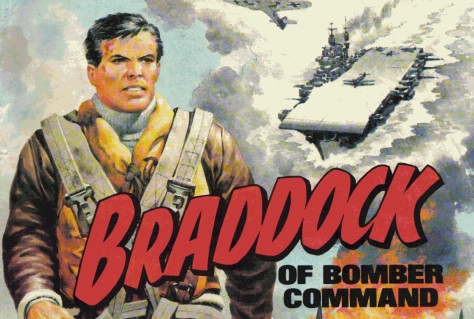
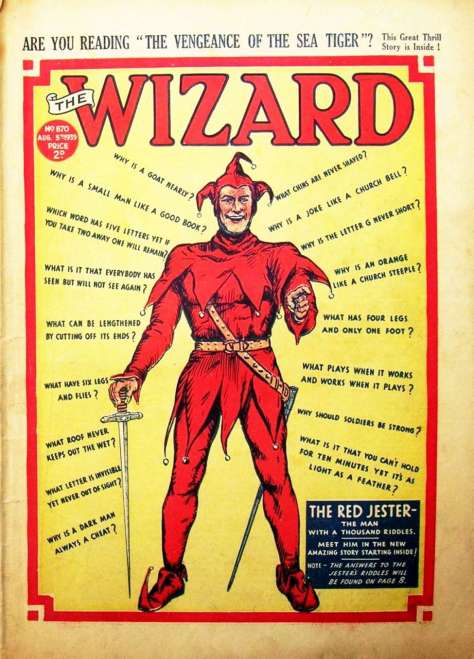
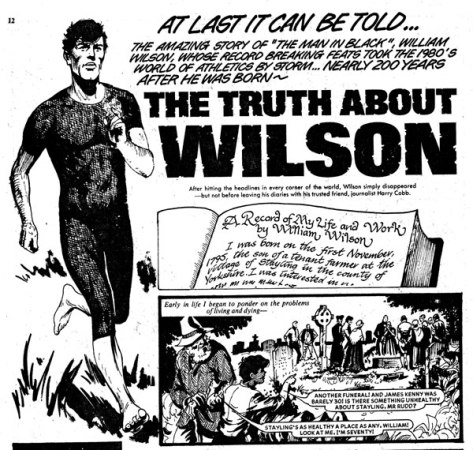
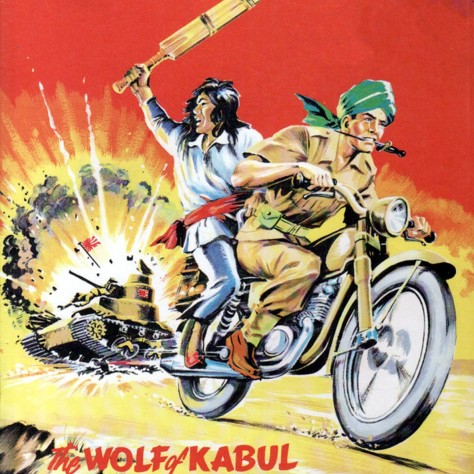
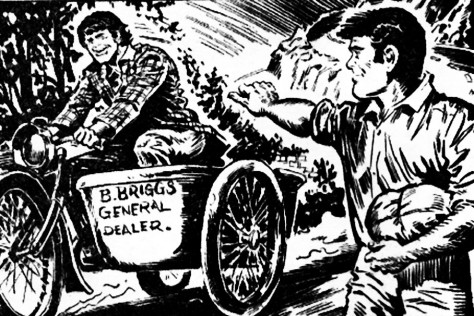
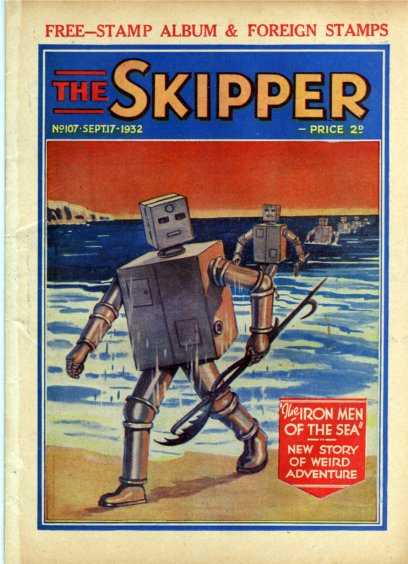
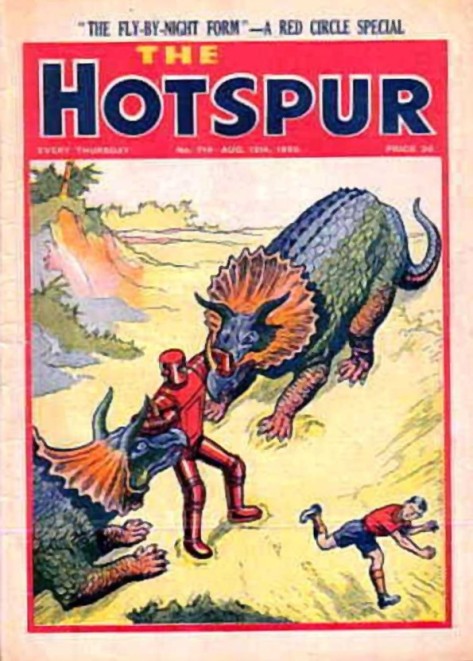
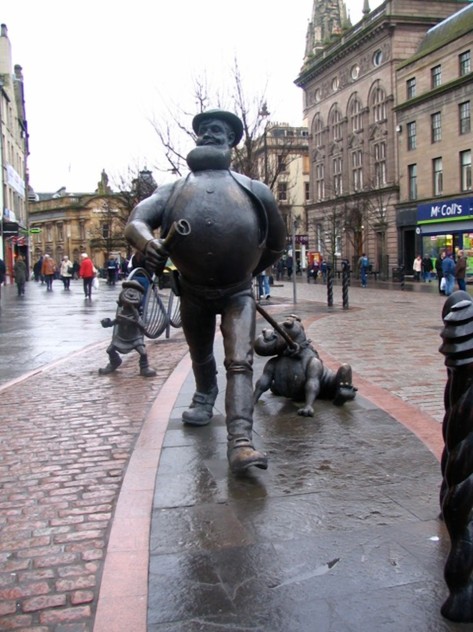
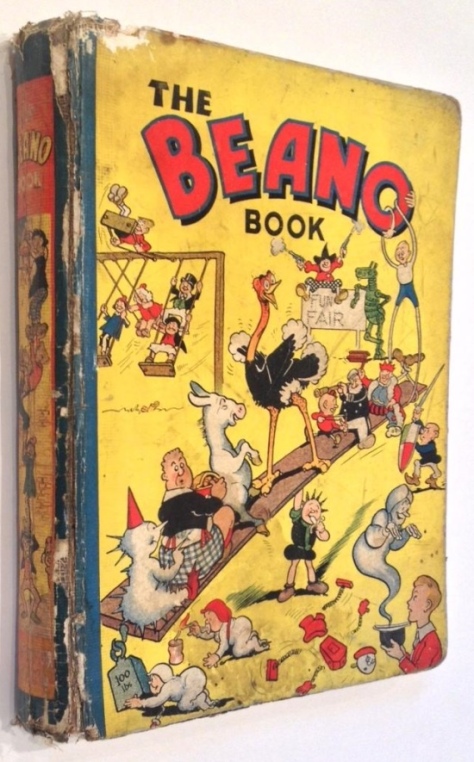
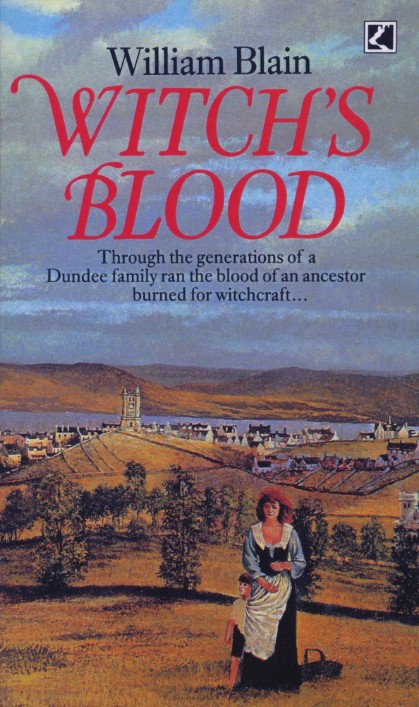
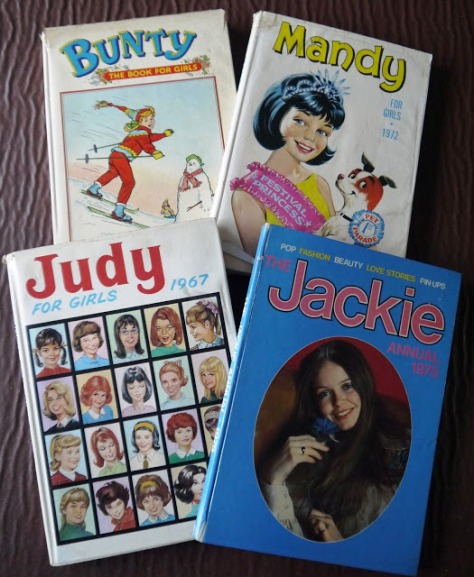
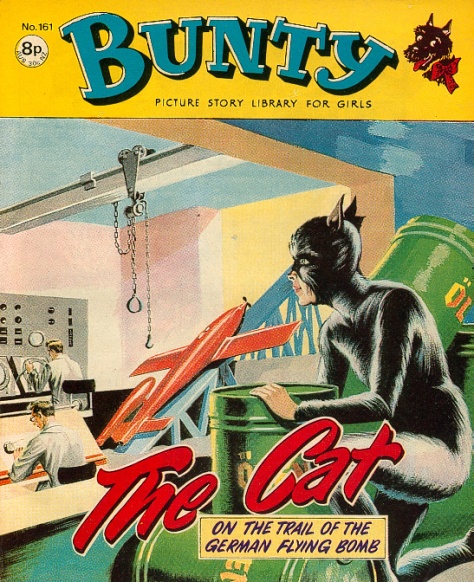

No comments:
Post a Comment